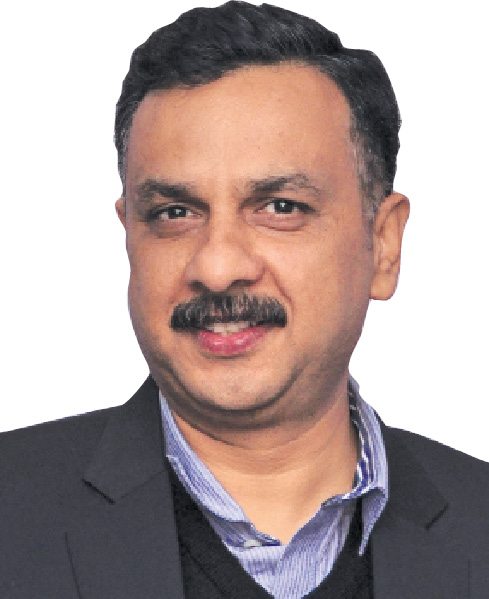
Lighting control technology has seen very interesting advances in the last couple of years. This interview takes a look at what those changes are and what is driving the sector as a whole. Manjul Trehan, country head and director – sales, Lutron Electronics India and SAARC, speaks with Dilin Anand of EFY
Q. What is the overall trend when we look at lighting sources?
A. Everything is changing in terms of light sources. We had multiple varieties of light sources before, and as new innovative changes show up in the market we see ourselves moving towards a single light source that is going to take over everything else—light-emitting diodes (LEDs). It is based on solid-state electronics and therefore infrastructure manufacturing is made much easier.
Q. Can my current conventional systems be reused for LED lighting?
A. When moving from an incandescent light source to an LED based one, the way in which you control the light source changes completely. An LED can even be a single-watt source, while the others require a minimum of 36 watts as their basic requirement. Since all conventional dimming systems were based on that condition, this inherently makes these obsolete when the lighting source is converted to an LED based one.
Q. How would you compare radio frequency technology to wireless communication technology like BLE, Zigbee, Zwave or Wi-Fi?
A. Radio frequency (RF) technology that we use enables us. It is defined by Federal Communications Commission (FCC) regulations part 15.231 to provide a system that is free of in-band interference. This band is great for high-density installations like multi-dwelling units. Proliferation of wireless devices in the global market has had minimal impact on this band.
Q. What are the benefits of this variant of RF technology?
A. There is minimal inefficiency in mixing different sub-systems together so you can build good lighting control systems. The systems are designed to allow you to isolate and troubleshoot on a stand-alone basis, which makes a lot of sense when your entire home or office lighting solutions is connected together. If there becomes a real market need, a company could make an interface that directly ties, say, Lutron RF systems to other systems using various RF standards.
Q. Have there been any dimming technology advances recently?
A. Dimming technology has undergone massive metamorphosis in the last few years. Some key developments include the total lights control concept where dimming is not just limited to electric light. Instead, it enables one to dim daylight with automated shades. Through total light control solutions, one can optimally utilise daylight to complete electric light (daylight harvesting), save energy and live in a healthy and eco-friendly lighting environment.
Another is wireless solutions for dimming modules, which can communicate wirelessly with controllers, keypads, occupancy sensors and daylight sensors.
Automated shades can be wireless, too. Today, you can find battery-operated honeycomb and roller shades that are completely free of wires, thus allowing these to be installed anywhere.
Q. What challenges were previously faced in LED dimming?
A. Earlier LED dimming used to have problems like pop-on, dead travel, visible steps, flicker or drop-out. Pop-on is where after dimming it to a low level or switching it off, the LED bulb does not turn on until the slider is moved significantly high.
Dead travel is when adjusting the control does not result in a corresponding change in light level.Visible steps are where the light level increases in steps rather than in a smooth fashion while adjusting the slider.
Flickers are small changes in light intensity, and drop-outs are when the light turns off only when the switch is turned completely off instead of completely following the slider.













This site is not working properly
Kindly elaborate your query.